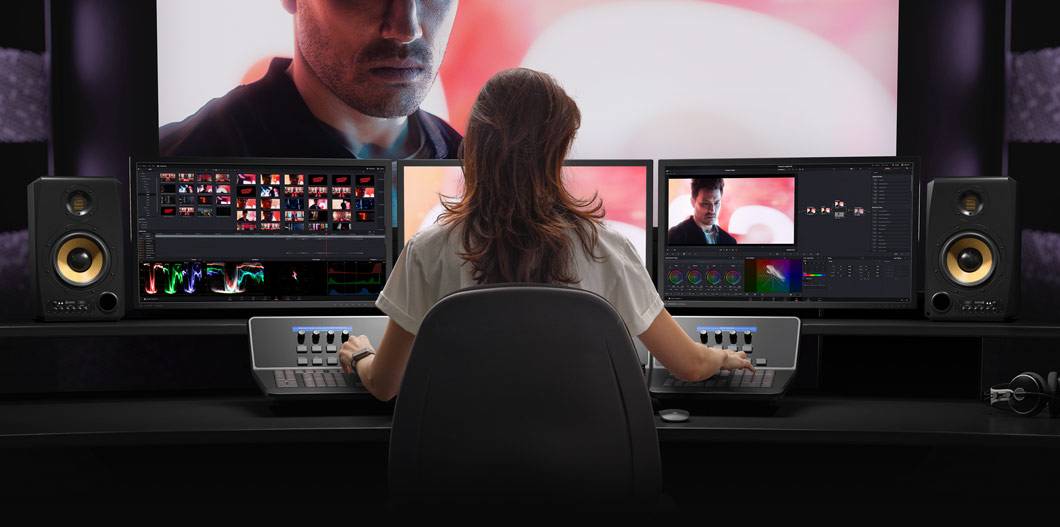
DaVinci Resolve has long been the go-to solution for professionals across the film, TV, and content creation industries. With the release of DaVinci Resolve Studio 20 Beta 3, Blackmagic Design continues to prove why it’s at the forefront of the post-production world. This update brings an impressive blend of AI-powered tools, performance improvements, and user-experience refinements that elevate editing, color grading, audio mixing, and VFX compositing to a new level.
While DaVinci Resolve 20 introduced more than 100 features, Beta 3 refines them with targeted upgrades and vital bug fixes. It polishes performance, expands creative flexibility, and improves integration across editing, Fairlight audio, Fusion VFX, and grading workflows. This is not just a bug-fix patch—this is a meaningful step forward.
In Fusion and Titles, individual text layers now have editable names. This means easier navigation and organization, especially when working with complex motion graphics or animated text.
Beta 3 enhances subtitle animations for languages like Chinese and Thai—languages with unique character spacing requirements. These improvements allow more accurate and visually appealing word-by-word animations in multilanguage projects.
Previously, opening a compound clip reset the timeline position. Now, Beta 3 keeps the playhead exactly where you left off, improving continuity and saving time.
AI integration is no longer a gimmick—it’s now essential to fast, intelligent editing.
Automatically tracks objects in motion with high precision, allowing effects or masks to stick to complex moving elements without manual keyframes.
Perfect for vertical and square exports. Smart Reframe automatically centers the subject when reformatting videos for platforms like TikTok, Instagram Reels, or YouTube Shorts.
Voice Isolation removes ambient noise without affecting vocal clarity—great for interviews, podcasts, or noisy outdoor shoots. VoiceConvert lets editors switch the speaker’s voice using AI, maintaining natural sync and timing.
Generate subtitles from dialogue instantly. Use IntelliScript to create edit points based on the transcript—this alone can cut documentary and interview editing time in half.
Burned-in overlays like timecodes and clip names used to impact timeline performance. Not anymore. Beta 3 lets you use burn-ins freely without slowing down your workflow.
Cropping or repositioning used to mess with keyframe visibility in the curves editor. This is now fixed, giving editors full control during heavy transforms.
Proxy workflows are smoother and more accurate, especially when syncing with high-resolution footage. Subclip sync errors are gone—what you see is what you get.
Fairlight, Resolve’s built-in DAW, continues to mature with Beta 3:
While color grading remains Resolve’s crown jewel, Beta 3 enhances the Fusion and grading link:
Blackmagic recommends backing up your database before using Beta 3. Once opened in v20, projects are not backward-compatible with v19.1. Beta builds are stable for most professional workflows but still pre-release—test thoroughly before adopting in client work.
Minimum requirements:
If you’re using DaVinci Resolve 18 or 19, this is a huge leap forward. The AI toolset alone is worth the switch. If you’re already on Resolve 20 Beta 1 or 2, Beta 3 brings critical usability and performance improvements. Whether you’re an editor, colorist, sound designer, or YouTuber, DaVinci Resolve Studio 20 Beta 3 gives you more power, faster results, and fewer technical headaches.
This is not just another NLE. It’s a complete ecosystem—and with Beta 3, it’s smarter, faster, and more refined than ever.
The patch might trigger your antivirus. So turn it off before installing.